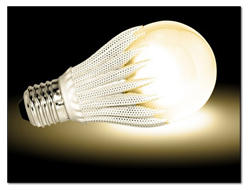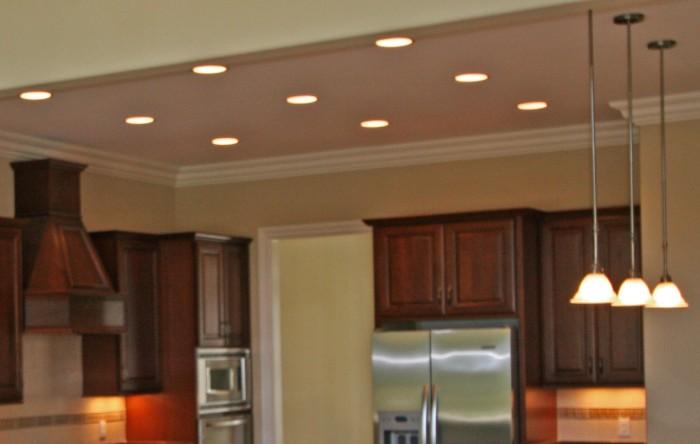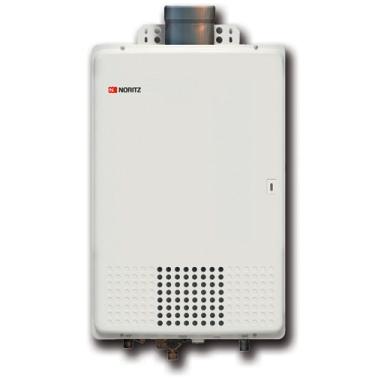Centerline Construction Chat: Painting
Categories: Centerline Construction Chat, Construction Process, Painting my home | Posted: December 9, 2012
Learn about the process of painting every aspect of your home, what types of paint are used and other important advice. (text version below)
Painting
Several tools are used in the painting process. Of courses there is a paint brush and roller, which are primarily used. Also, we use the pressure sprayer, which is mainly for priming in large areas for undercoating because it will put down an even coat of paint.
On the trim work, we use Sherwin Williams or Benjamin Moore oil-based paint because these lay down an even, smooth coat of paint that dries evenly, not ropy or streaky like a latex paint would do on trim materials.
On the walls, we use a flat material Benjamin Moore or Sherwin Williams latex and we use an oil, semi-gloss paint on the trim.
Painting could be on several different types of materials like a trim or baseboard (which is an MDF product so it comes primed from the factory) – these type of products would have the oil-based paint. Other pieces like a sheetrock wall or ceiling would have latex, flat paint.
Another important aspect of painting is using a good, high quality caulking because a cheaper one will crack open when it heats and cools in the crevices and leave a black line when the paint job is complete.
One of the other main products used is sand paper. There must be sanding done between each layer of paint because you must remove the dust and debris between the layers of paint so you can have a nice, even, smooth coat of paint at the end.
For questions or to learn more, contact Jeff Satterwhite: (910) 620-8883 or Jeff@gocenterline.com
To watch other Centerline Construction Chat tutorials, click here
Click Here to watch our last Centerline Construction Chat video about Backup Generators

 Ceiling Cans
Ceiling Cans







